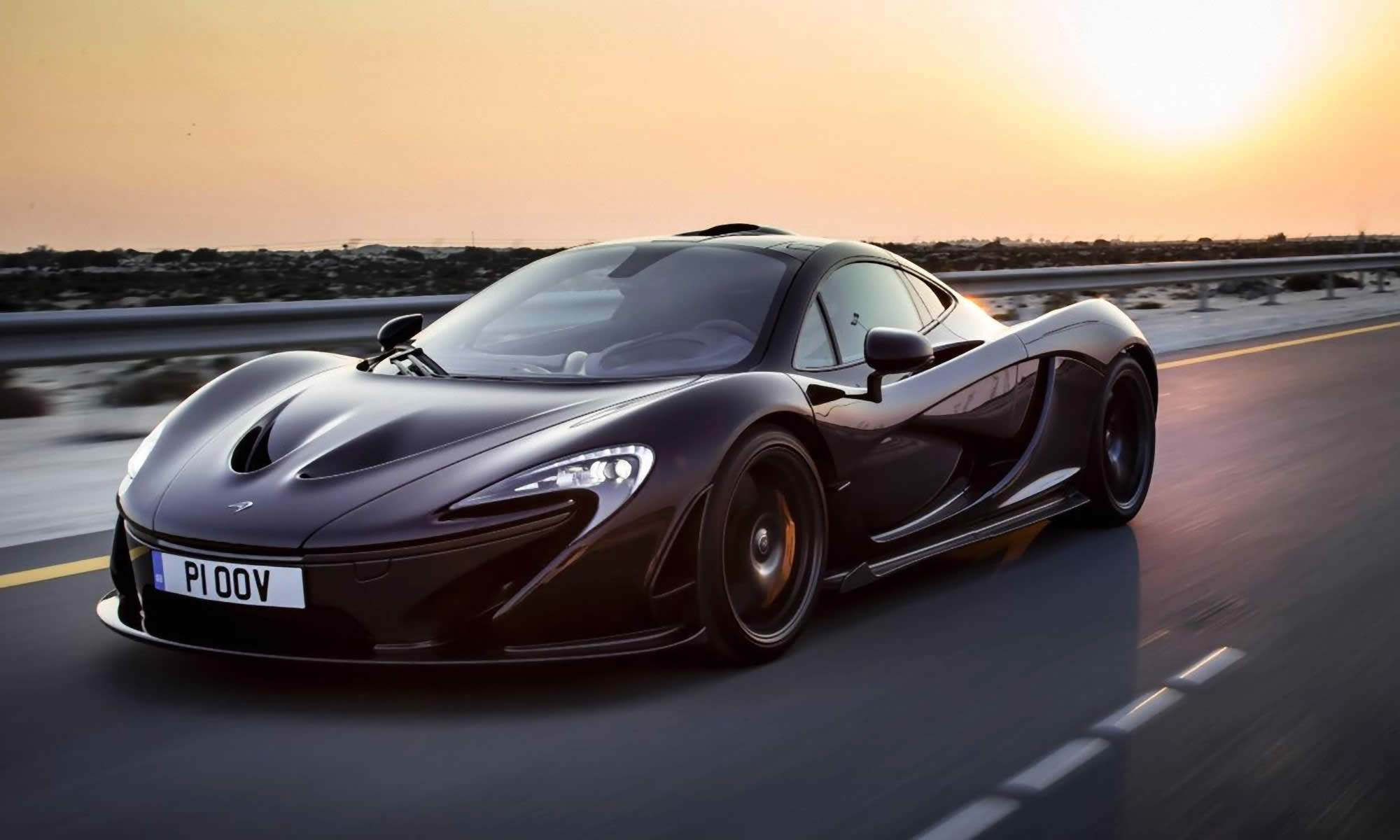If you think we don’t have what it takes to build a supercar, then read on.
Factor Aurelio Automobile has introduced the first supercar from Philippines, the Aurelio.
As the brainchild of 21-year-old engineering student Kevin Factor and Brendan Aurelio — owner of Pacita Fibertech — Factor Aurelio Automobile (FAA) recently finished work on their first product. The supercar, a two-door sports coupe equipped with either a Mitsubishi 4G63T 2.0 liter turbo intercooled DOHC 16-valve engine or a Honda B16A DOHC VTEC 16-valve motor.
It benefits from a handmade chassis and on the inside it has several components made from fiberglass reinforced plastic and carbon fiber. It adopts scissor doors, a VR4 front & rear suspension setup and sits on 18-inch Rota alloy wheels.
Performance details have not been released but the Aurelio is billed as a supercar although a four-cylinder engine doesn’t sound overly impressive and the design sends out a bit of a kit car vibe with some Italian influences.







